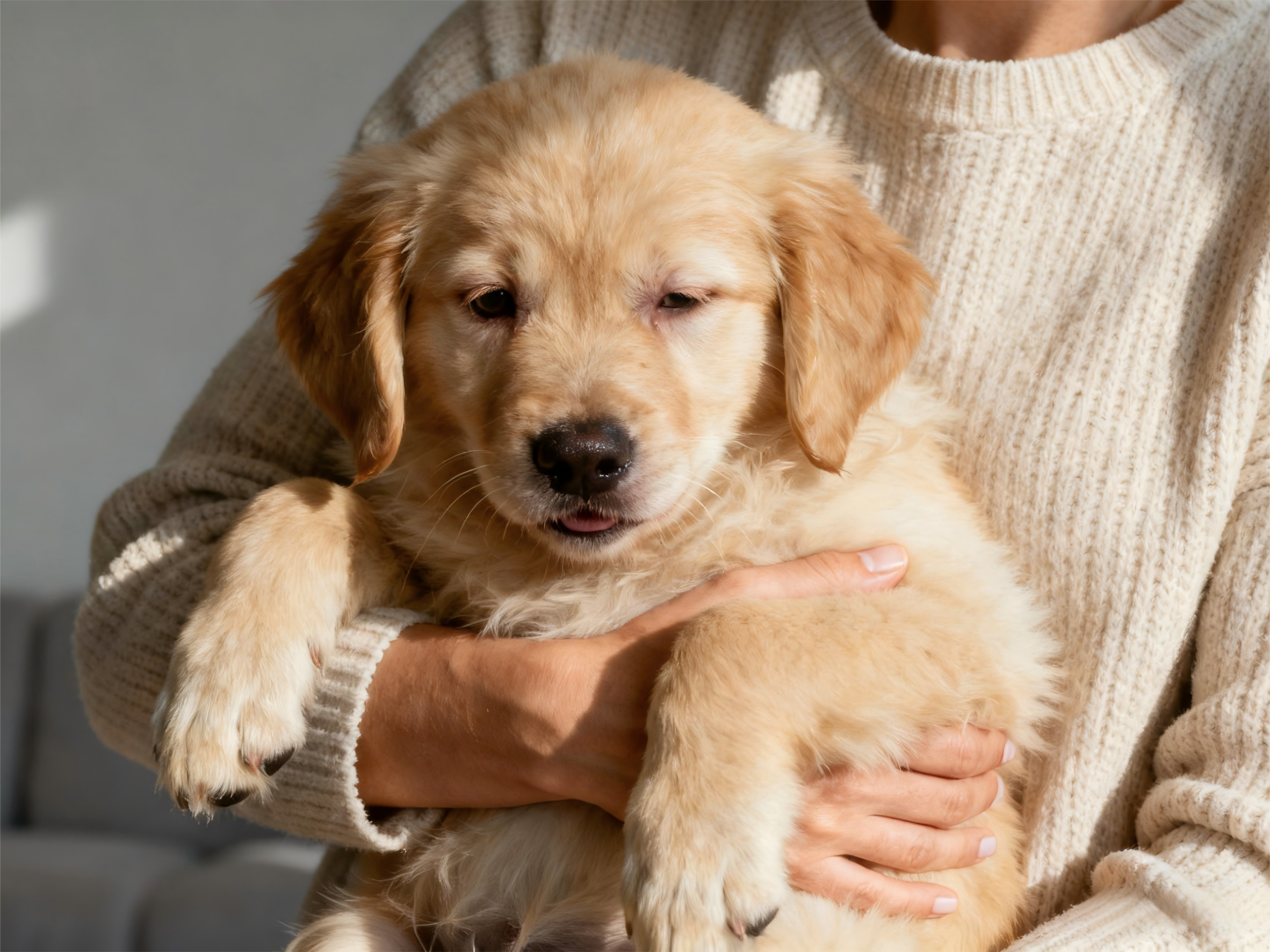The Great Dog Bath Dilemma – Timing and Frequency
It’s 9 p.m. Your pup just returned from an epic adventure outside, proudly covered in mud from head to tail. You glance at the clock and hesitate—should you really bathe your dog this late at night? And wait, it’s only been a week since the last bath. Is that too often?
Almost every pet parent has faced this same dilemma: “When is the best time to bathe my dog? And how often is too often?”
This guide is here to put your worries to rest. Backed by practical insights, we’ll explore two of the most common questions—Can dogs take a bath at night? And how many times should a dog take a bath? By the end, you’ll have a personalized, stress-free bath schedule tailored to your dog’s needs.

The Nighttime Bath: Cozy Ritual or Sleep Spoiler?
Can Dogs Take a Bath at Night? The Pros and Cons
Bathing your dog at night can be either a relaxing routine or a recipe for trouble. Let’s break down both sides.
🛁 The Cozy Argument – Why Night Baths Work
-
Convenience for owners: For busy pet parents, evening baths fit more easily into schedules.
-
Cooling off in summer: A warm rinse before bed can help dogs feel refreshed on hot nights.
-
Bedtime ritual: Like humans, some dogs find warm water soothing, making them sleepier and calmer.
⚠️ The Sleep Spoiler Alert – Why It Might Backfire
-
Incomplete drying risk: Dogs with thick or double coats are especially at risk if their fur isn’t dried 100%. Dampness near the skin creates the perfect environment for bacteria and yeast.
-
Overexcitement: Some dogs find baths stimulating, not relaxing, making bedtime even harder.
🌟 The Golden Rule
Yes, you can bathe your dog at night—but only if you make sure they are completely dry before bedtime. Especially for breeds with dense undercoats, drying thoroughly is non-negotiable.
Cracking the Code: How Often is “Just Right”?
How Many Times Should a Dog Take a Bath? There’s No Magic Number.
The truth is, there isn’t a one-size-fits-all rule. A dog’s bath schedule depends on a personalized formula:
1️⃣ The Coat Factor – Fur Type
-
Short, smooth coats (Labradors, Pugs): Protective oils mean they can go every 2–3 months unless dirty.
-
Long-haired or double-coated breeds (Golden Retrievers, Huskies): Require more frequent grooming, but baths every 4–6 weeks are usually enough if brushing is consistent.
-
Curly or non-shedding coats (Poodles, Doodles): Need regular grooming and bathing every 4–6 weeks to prevent mats.
2️⃣ The Lifestyle Factor – Daily Habits
-
Couch potatoes: Less exposure to dirt = fewer baths.
-
Outdoor explorers: Frequent muddy adventures = more baths as needed.
3️⃣ The Skin Health Factor – Medical Needs
-
Healthy skin: Follow general guidelines above.
-
Skin conditions: Always follow your vet’s prescribed medicated bath schedule.
👉 That’s why the question “how many times should a dog take a bath” always has the same answer: It depends on coat type, lifestyle, and skin health.
The Smart Way to Bathe: Making Every Bath Count
3 Pro Tips for a Perfect, Stress-Free Bath
💡 Tip 1: The Pre-Brush Ritual
Always brush your dog thoroughly before bath time. This removes loose fur, dirt, and tangles, making the wash more effective.
💡 Tip 2: The Comfort of Consistency
Dogs are sensitive to sudden temperature changes.
👉 Smart care tip: A temperature-controlled bath system ensures warm, consistent water—turning bath time into spa time instead of a stressful surprise.
💡 Tip 3: The Dry-Down Doctrine
Drying is the most important post-bath step.
👉 Smart care tip: A quiet pet blow dryer or drying box helps remove moisture quickly and evenly, especially useful for nighttime baths. It keeps fur fluffy, prevents skin issues, and helps your pup settle comfortably into sleep.
When to Call the Vet: Bathing and Beyond
Baths are usually harmless, but if your dog shows these signs, check with your vet:
-
Persistent redness, itching, or irritation after bathing.
-
Strong odors that remain even after a wash.
-
Excessive shedding, bald spots, or unusual skin patches.
-
Extreme fear or stress triggered by baths.
Sometimes, the bath isn’t the problem—the underlying health condition is.
How Technology Can Offer Peace of Mind
Every pet parent’s goal is the same: keeping their dog happy and healthy. Modern pet technology makes that easier:
-
Pet cameras: Record post-bath behaviors, useful if you need to share with your vet.
-
Health trackers: Monitor resting heart rate and skin condition, helping you catch unusual patterns.
-
Smart bath and drying tools: Consistent water temperature and quick drying reduce risks and stress for both dog and owner.
👉 Tech doesn’t replace your love—it supports it with objective insights that help you make better decisions.
Conclusion: Your Dog, Your Schedule
Can dogs take a bath at night? Yes—but only with thorough drying.
How many times should a dog take a bath? There’s no universal answer—it depends on coat, lifestyle, and health.
The best dog bath schedule is the one that keeps your pup clean, healthy, and happy—without stressing either of you out.
💡 Remember: Bathing should feel like a bonding ritual, not a battle. With a smart routine (and maybe a few helpful tools), bath time can become one of the most enjoyable parts of your week together.


Share:
China National Day 2025: History, Traditions, and Tips for Pet Parents
Beyond the Sniff: The Hidden Senses That Truly Drive Your Dog's Behavior